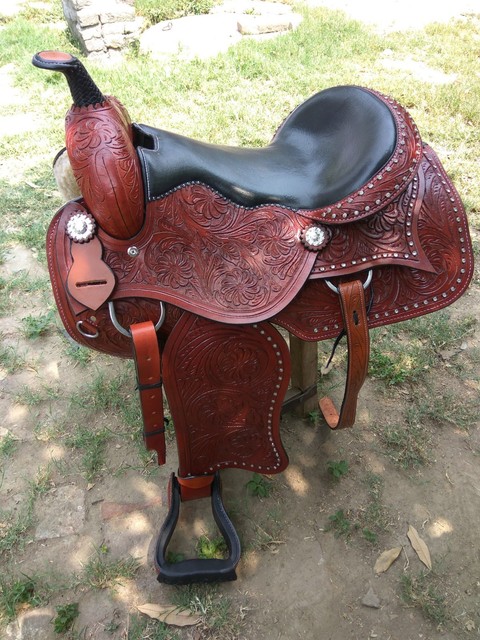

66 participants were tested using specific pressure mapping with 64 different sensors at the 30, 45, and 60 degree angle. Gender and Shape Study: Although this does not connect specifically with sit bone measurement, it does impact our point about spine angle.If you ride in any other position(most cyclists) it’s likely that the contact point will move forward away from your sit bones, which, they do not mention, renders sit bone measurement (in the 90 degree form) for most enthusiast and competitive cyclists completely irrelevant. In the more inclined spine angle, the distance will become shorter as the contact points move from the seat bones toward the pubic bones.” Result: if you ride with a 90 degree spine angle, then the sit bone measurement may be somewhat accurate (more on this later). The most interesting part of this study was this precious gem mentioned in their research, “Ischial (sit bone) distance varies according to riding position due to the v-shape pelvic anatomy. The width was measured at the 90 degree spine angle and they created another device (seen above with the teal gel pad) to assign a saddle based on sit bone width. Ischial Bone Study (sit bone width): Selle found a wide variation of sit bone widths from their 240 participants and subsequently created 3 saddle widths based on the averages in the study.The Industry Methods: Giant Peanuts and Gel Pads Before we move on to the effectiveness, take a moment to observe the sit bone measurement methods proposed by some of the powerhouses in the cycling industry. Some selection tools will also incorporate riding style, but let’s not get ahead of ourselves. For example, if your sit bones measured 130mm, you add 20mm and voila, a 150mm saddle width will fit perfectly! It’s interesting to note that the Road Bike Bro measured 110mm, added 20mm, but choose a 145mm width saddle which in his words, “provides more support and I find it more comfortable.”

Many suggest adding about 20mm, as signified by the Road Bike Bros above, which would then land you on the ideal saddle. Ensure that it is high enough so your knees are bent at roughly 90 degrees.There are similar methods involving paper without the damp posterior result, but now that you feel uncomfortable, you’ve properly ingested this idea.Īfter measuring the sit bones distance, most companies provide either a “finder” online system on a chart where your measured sit bones width correlates to certain saddles. Lay the cardboard on a solid, flat surface such as a chair or stool. So how do you measure your own sit bones at home? First you’ll need a flat surface, a piece of corrugated cardboard large enough to sit on, a pen and a ruler or tape measure. It’s important to take this logic into account when deciding on a saddle as well as size.

While people come in all different shapes and sizes, so do saddles. Modern bike saddles are designed to support the sit bones, not soft tissue. All you’ll need is some basic tools!īike saddle sizing is based around our Ischial Tuberosity or ‘sit bones’ as they’re more commonly known. While we recommend you visit one of our stores to have your sit bones measured with a specialist Body Geometry Saddle Fit System, if that’s not possible here we offer some handy advice on how you can find the right size saddle from the comfort of your own home. How do I find the right size bike saddle? That’s a question we’re asked a lot at Hargroves Cycles.


 0 kommentar(er)
0 kommentar(er)
